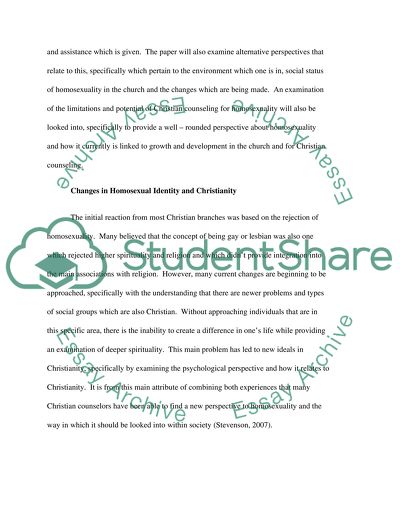Cite this document
(“Changes in Homosexual Identity and Christianity Term Paper”, n.d.)
Retrieved from https://studentshare.org/statistics/1427845-changes-in-homosexual-identity-and-christianity
Retrieved from https://studentshare.org/statistics/1427845-changes-in-homosexual-identity-and-christianity
(Changes in Homosexual Identity and Christianity Term Paper)
https://studentshare.org/statistics/1427845-changes-in-homosexual-identity-and-christianity.
https://studentshare.org/statistics/1427845-changes-in-homosexual-identity-and-christianity.
“Changes in Homosexual Identity and Christianity Term Paper”, n.d. https://studentshare.org/statistics/1427845-changes-in-homosexual-identity-and-christianity.


